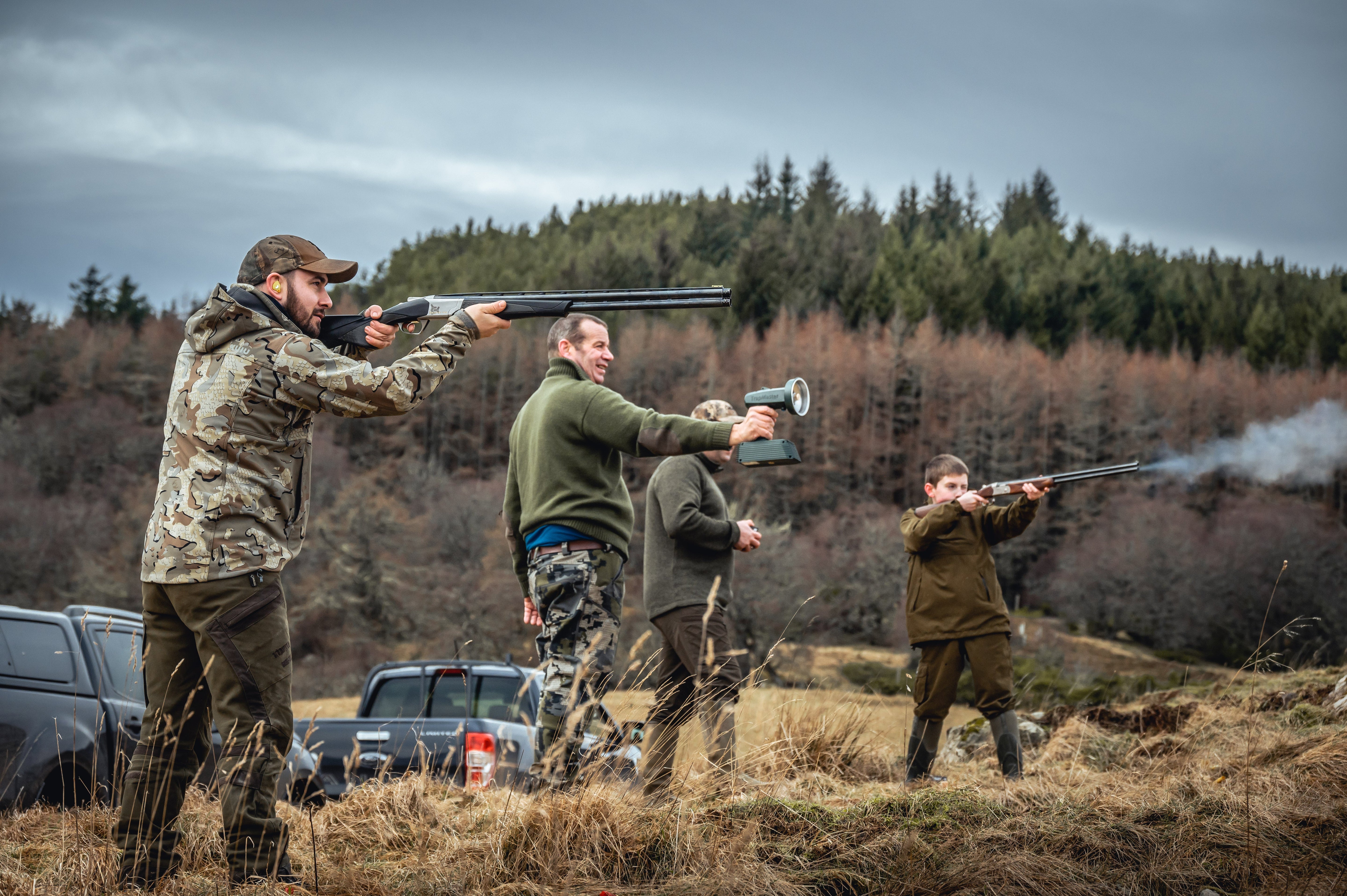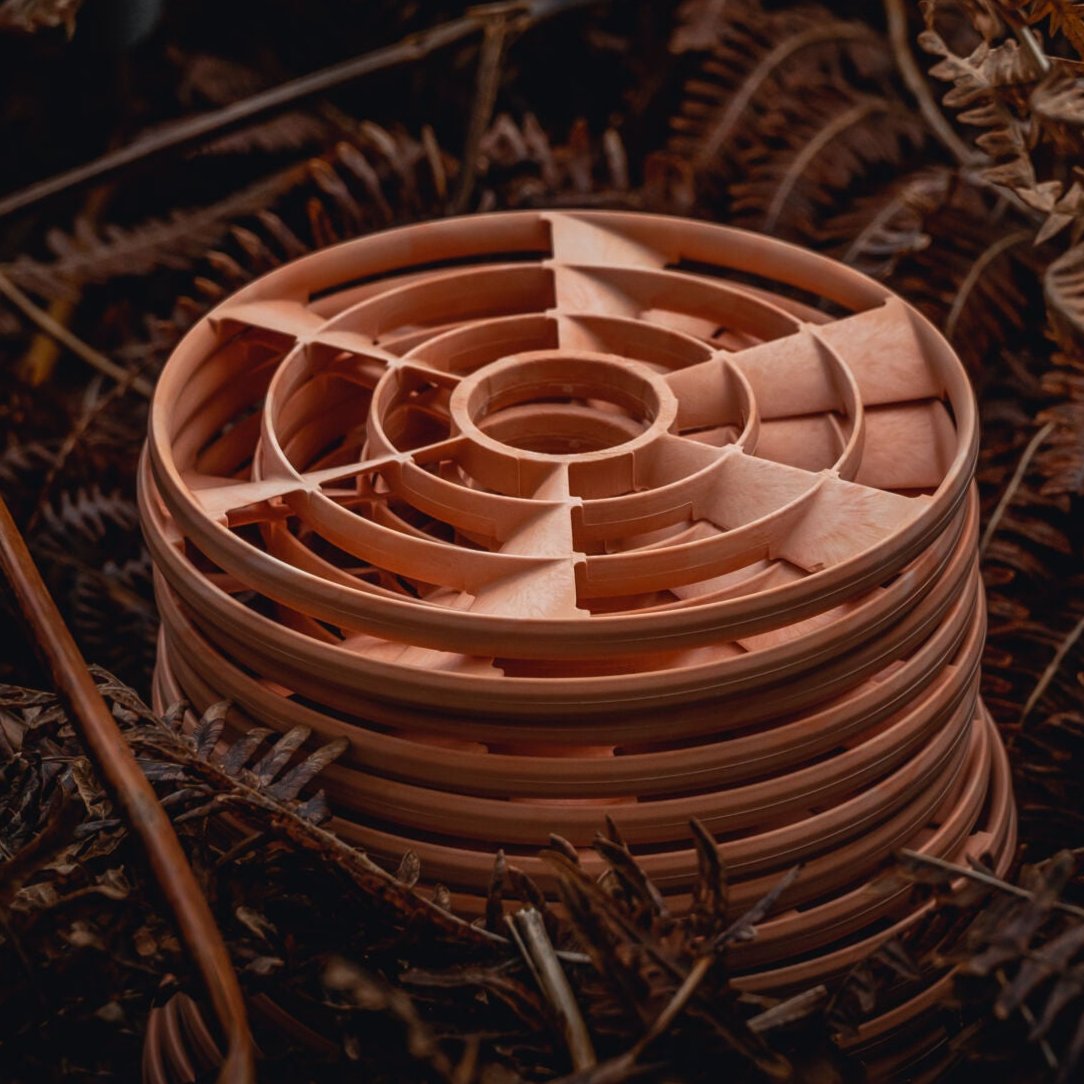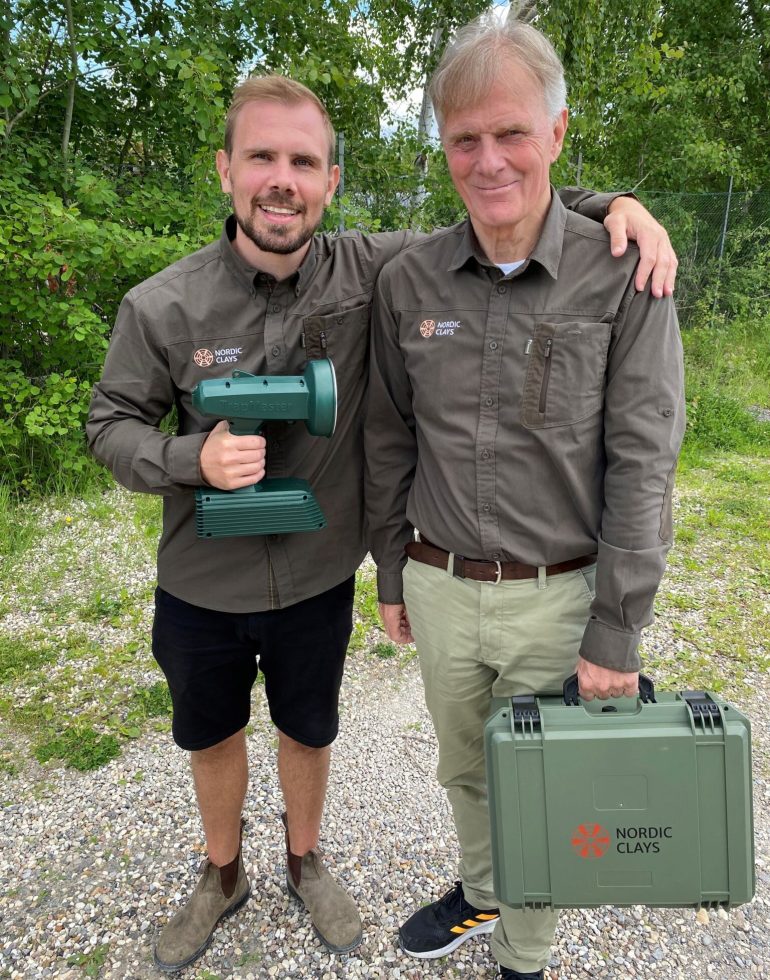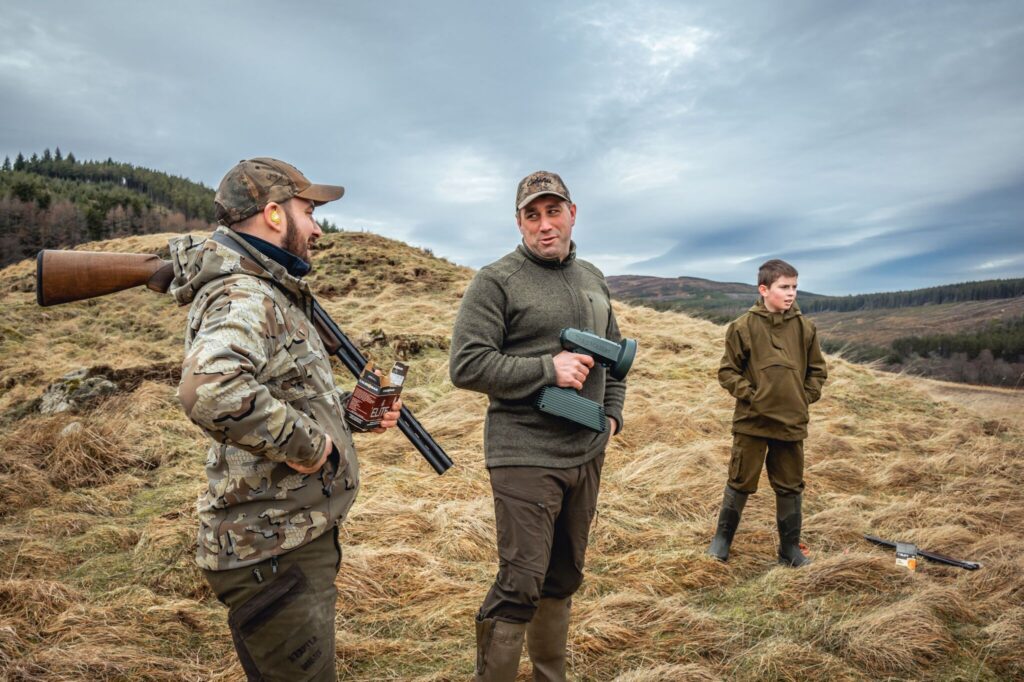
2 Year Warranty
30 day Refund
Eco-friendly
Free shipping above 530 $
"This compact device delivers immensely challenging and thrilling throws" SportingGun
"The housing itself is cast so well that it feels like aluminium" Calibre
"The most realistic clay targets" Scribehound
Driven
Rabbits
Left to right crossers
Rabbit
Going away
Right to left crossers
Driven
Rabbits
Left to right crossers
Rabbit
Going away
Right to left crossers
Driven
Rabbits
Left to right crossers
Rabbit
Going away
Right to left crossers
Driven
Rabbits
Left to right crossers
Rabbit
Going away
Right to left crossers
Let customers speak for us
from 35 reviewsI bout the starter set first part of April and we love it. Simple to use and so many option to through the clays. We will use this for years to come at our property to practice.

This is a unique product in the clay shooting world. The launcher is well built and allows for endless presentations for shooters of any skill level. It is super fun and can go anywhere with you.

The product is amazing, and the service is even better—congratulations! I'll soon be buying a second one, and maybe even a third, so we can organize big hunts. On a scale of 1 to 10, I’d give it an 11.

Has given our group the freedom to shoot anywhere with 5 min set up .
Brilliant fun

Great product. Easy to operate and it allows you to improve the clay/bird shooting in all kinds of terrain.
Also the clays are bio so very nature friendly. Will recommend this to everybody who enjoys shooting and a day in the field.

Such a great product! Perfect for a day out with friends or just to hone in your aim

The Trapmaster is a game changer! A really fun product to use for practising your shooting skills or simply having fun with your shooting friends.
The quality of the product is great and the targets it offers are challenging and the most life like clays I have had the pleasure of shooting.
Highly Recommended!

We were a couple of friends who were allowed to try Nordic Clays TrapMaster for a free demonstration, great experience and super challenging.
No pigeons fly the same, very hunting relevant shooting training that gives you the opportunity to really test your skills.

I was out on my own field shooting the Trapmaster with my hunting buddies, and it was a lot of fun and challenging. In my opinion, it is a much better alternative than a clay pigeon shooter, which is more difficult to operate, more expensive and does not have the same advantages as a Trapmaster, such as being able to adjust the speed of the pigeons according to the hunter's level or being able to control where the pigeons fly.

It's easy to get out and practice if you live far away from the shooting range, you don't have to clean up as they dissolve in nature.



Starter Pack
Get ready to have a blast with our TrapMaster starter pack!
Pull out your shotguns and spend a fun-filled day with your friends. Don't miss out on the perfect opportunity to make epic memories.
Ready, set, go!


Bio-Clays
To practice with Nordic Clays we use our Bio-Clays.
Their unique design provides you with a new training experience every time because of their unpredictable trajectory.
Variety is key.


Clay magazine
Our clay magazine is TrapMaster’s best friend and provides you hassle-free reloading.
It gives you the freedom to move around and challenge your friends with countless shooting scenarios.
Hassle-free reloading.

Who are we?
We are a father-son duo based in Copenhagen, consisting of Andreas (son) & Friis (father), based in Copenhagen.
Over the years, we have spent much time together in nature, and both love the outdoor lifestyle.
In 2021, after challenging years with COVID, realizing our dream of creating something together, we started Nordic Clays.
The latest news, directly in your inbox.
Sign up here - we promise you won't regret it!


